
The next morning after breakfast, Seira and I head to the village of Ōgimi, where her grandfather’s family garden is located. He was a former civil servant in agriculture who was in charge of the fruit trees. Sadly, he left this world three years ago and now Seira’s uncle and aunt take care of the garden. Her grandfather left behind a small collection of local citrus trees. It was subsequently difficult for the family to identify them, but Seira was helped by specialists at the research institute. I can look forward to seeing the Rokugatsu mikan and Kunembo that were found in the garden.
The trip down the highway goes quickly even with Seira’s small car. We pass the village of Ōgimi and enter the hilly landscape of the north of Okinawa. Several censuses have shown that this village has the highest longevity index in the world, with a large percentage of the population over the age of 100. The village is made up of a forested plain that covers 78% of Ōgimi’s land area and sharp, rocky cliffs that face the coast. The clearings in the forests hide small farms and gardens where, among other things, fruit trees and especially Shiikwaasa are grown. Local production accounts for more than 60 percent of Okinawa’s Shiikwaasa production. Its juice, rich in vitamin C and polymethoxylated flavones, is considered one of Okinawa’s longevity factors. Many scientific papers show that the link is not really coincidental.
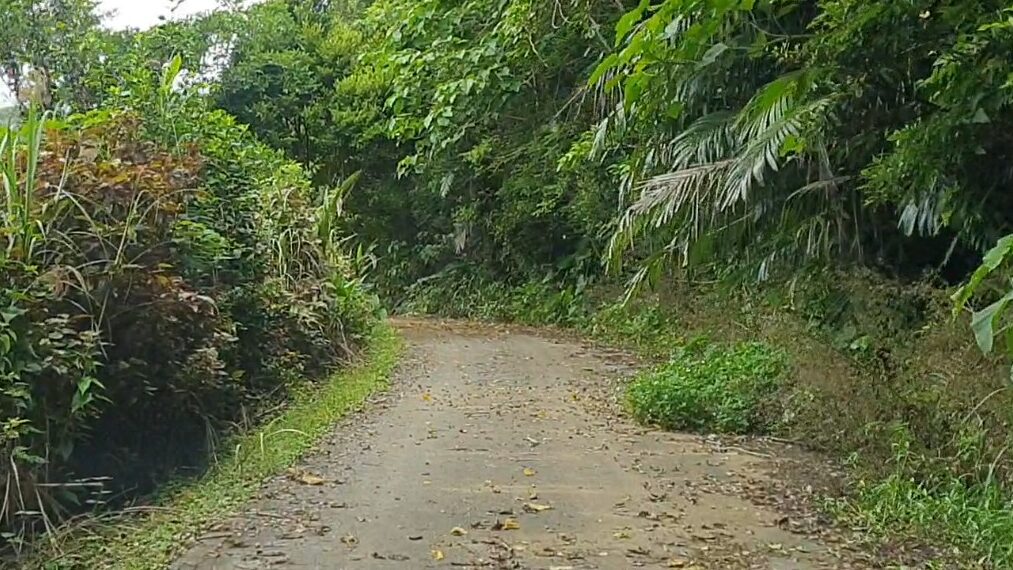
The road gets so bad that even my little Nissan would probably be big. I can see why Seira wanted us not to drive my car. We’re surrounded by jungle on both sides. Finally, after a while, we stop at a small garden nestled in the dense forest. There are about two dozen trees growing more or less naturally among the tall grass. Some of the trees still show signs of damage from last year’s typhoon. However, they have all apparently flowered profusely and have now set young fruit. I notice that the trees bear no signs of grafting, they are probably seedlings.

However, Seira unerringly leads me to one of the larger trees – Rokugatsu mikan. She is right, even the small fruits have a distinctive apical areola and a thickened calyx, features typical of the Rokugatsu mikan. The tree otherwise looks more like a sweet orange, completely lacking the leaf wing typical of bigaradia. Due to the age of the tree, the height of about two and a half metres is rather stunted. Rokugatsu was formerly found on the island of Amami Oshima and gradually spread from Okinawa to Kyushu. In recent years, however, it has disappeared under pressure from more commercially interesting cultivars and is now a great rarity. The same fate has befallen collection plants in the Czech Republic, where not a single one has survived. That is why I am glad to meet this rarity again. I learn that the juice is slightly acidic and is used like other vinegar mandarins, the peel is sweet and aromatic and is excellent for sauces in meat dishes. I could see that the previous evening. And I will see for myself several more times.
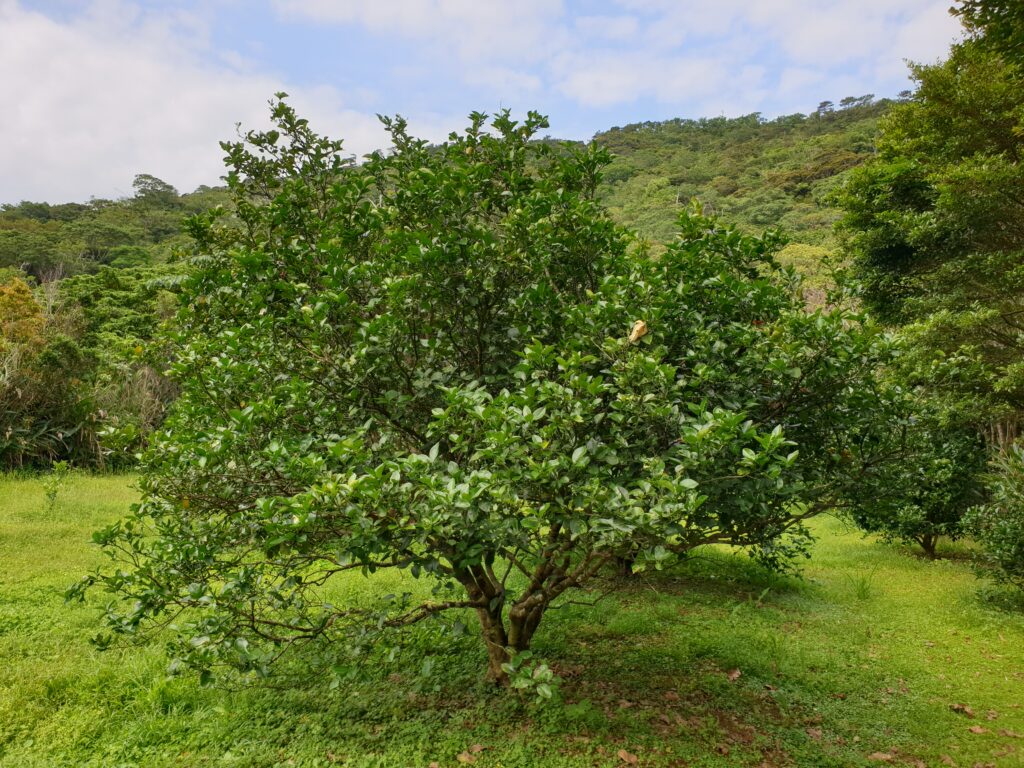
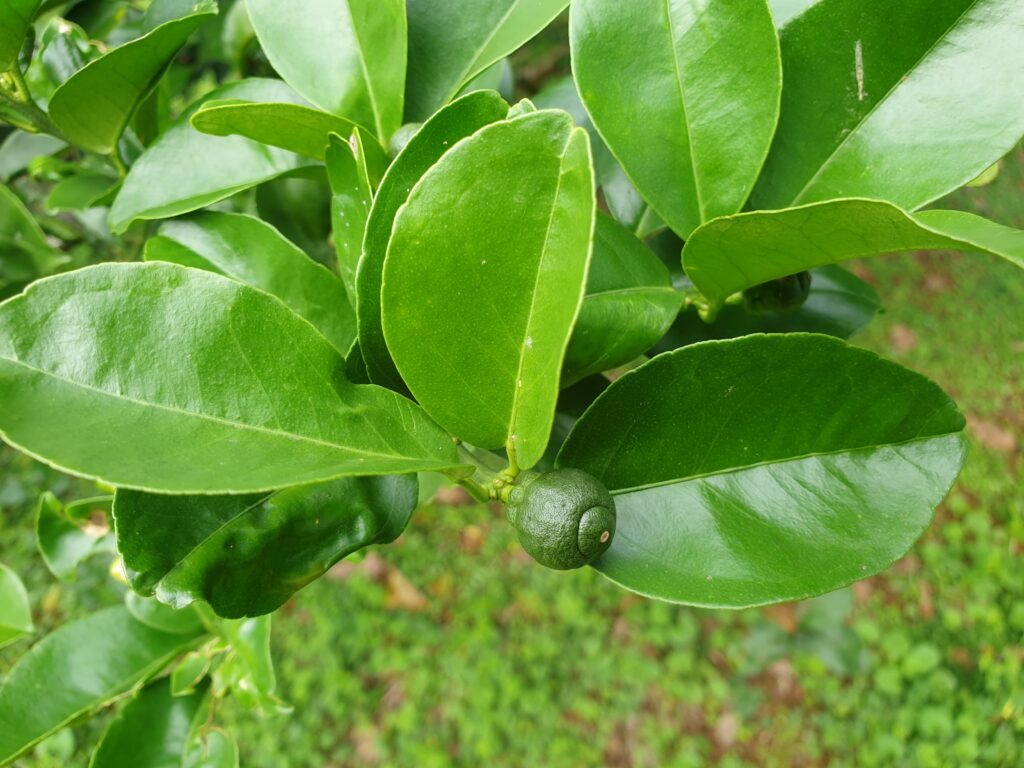
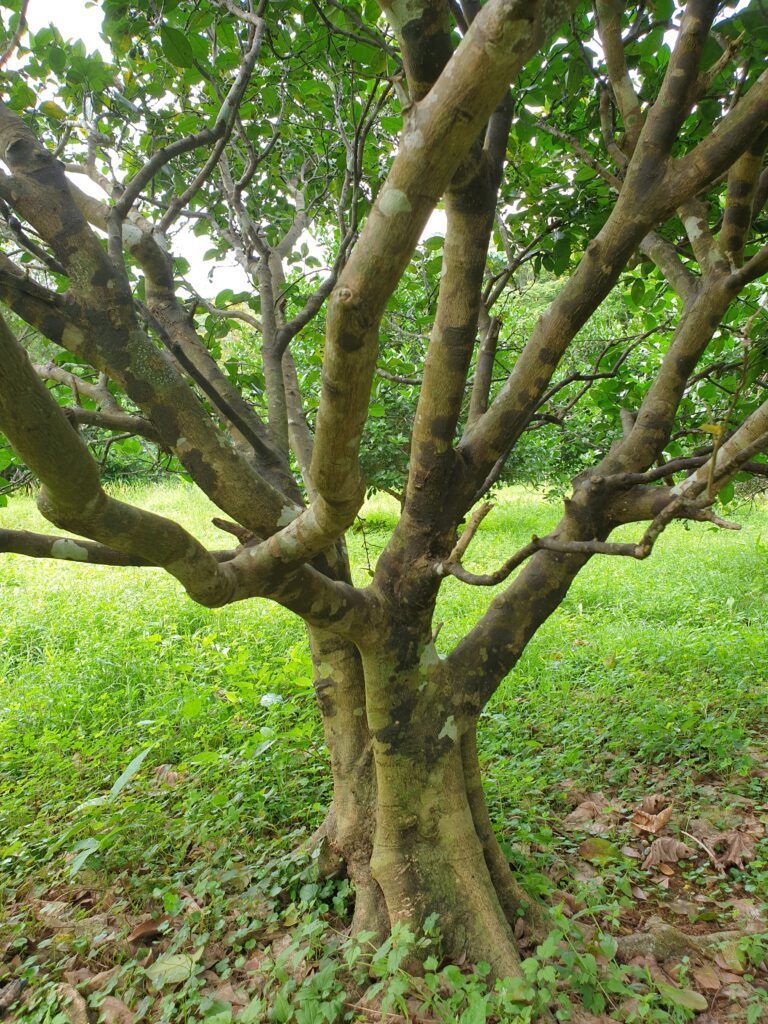
We move on to another of the larger trees – Kunembo. This tree is also vigorous, fresh green in spring and rather stunted in growth. The leaves are larger than those of the Rokugatsu mikanu, quite large for a mandarin and also wingless. The fruit is different at first glance, having neither an apical areola nor a massive calyx. Seira tells me that she uses these fruits similarly to the Rokugatsu mikan, the bark is sweet and aromatic and is used in dishes. This tree also looks like it has not been grafted and is a seedling.
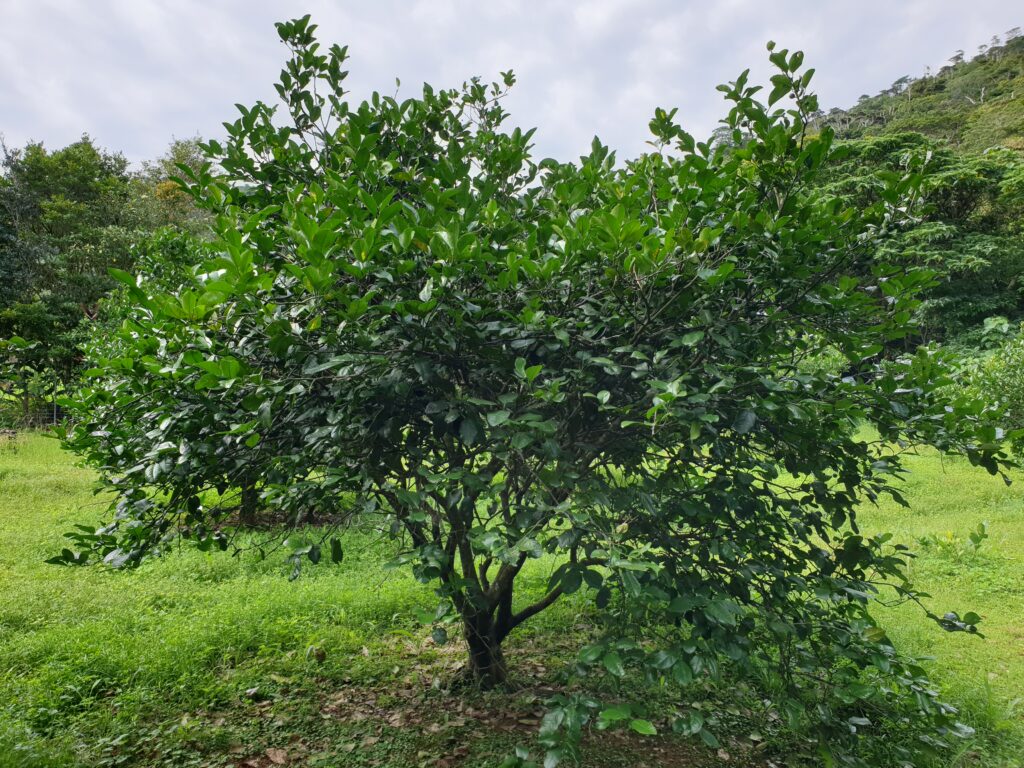
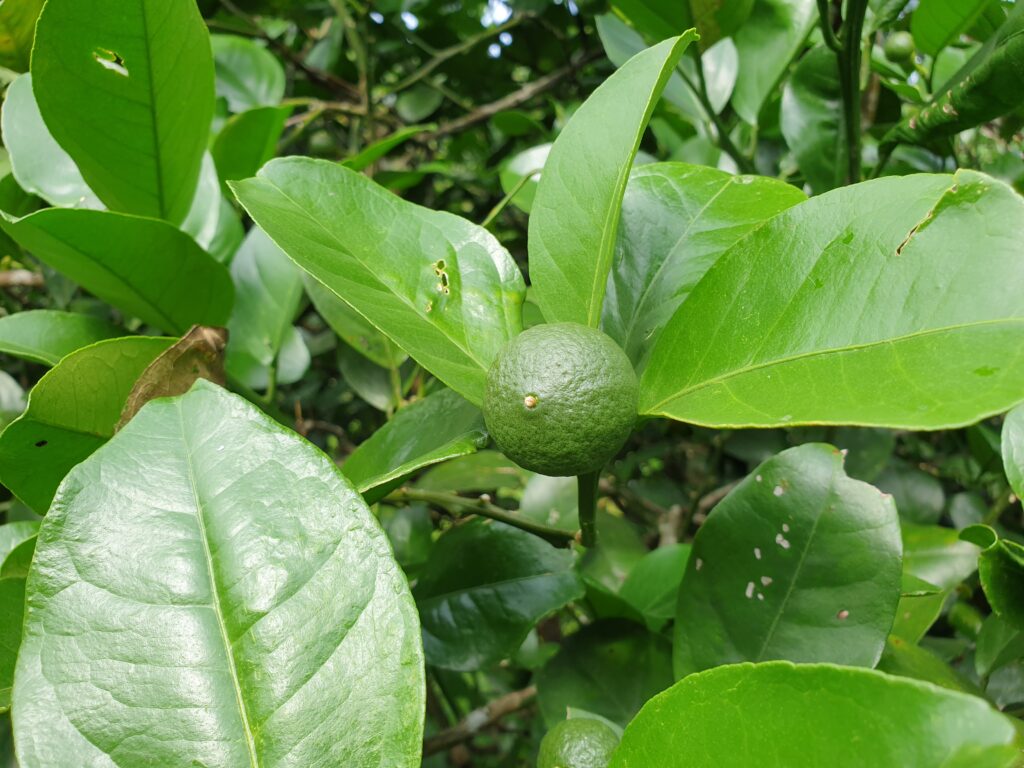

We walk around the garden for a while while I take photos and videos. The other trees are Shiikwaasa, which I know from home, and there’s probably a Tarogayo somewhere. We’re not sure which one it is, though, because the fruit is too small yet. There is also a Syzygium tree (water apple) growing in the neighbouring garden, which is otherwise a tropical plant.
After the tour, we head back. We stop in Ōgimi near the coast, where there is a beautiful view of a waterfall.

A little further on, we stop at a farmer’s market where they are still selling some late citrus fruits. I notice, however, that these are not local produce, but imports from mainland Japan. Even the varietal markings on the packaging are rather unclear. In Japan, each village has its own names for local citrus fruits, so it is usually very difficult to identify them. On the way, Seira shows me a Japanese copy of Czech writer Karel Čapek’s The Gardener’s Year. It’s just a small world.
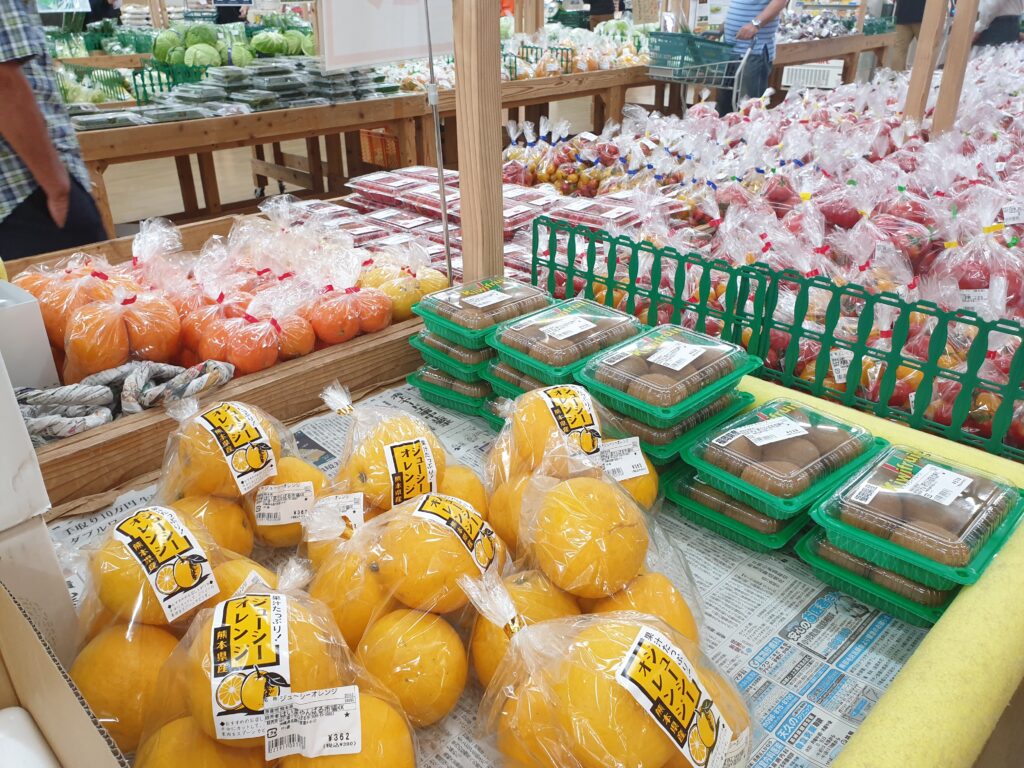
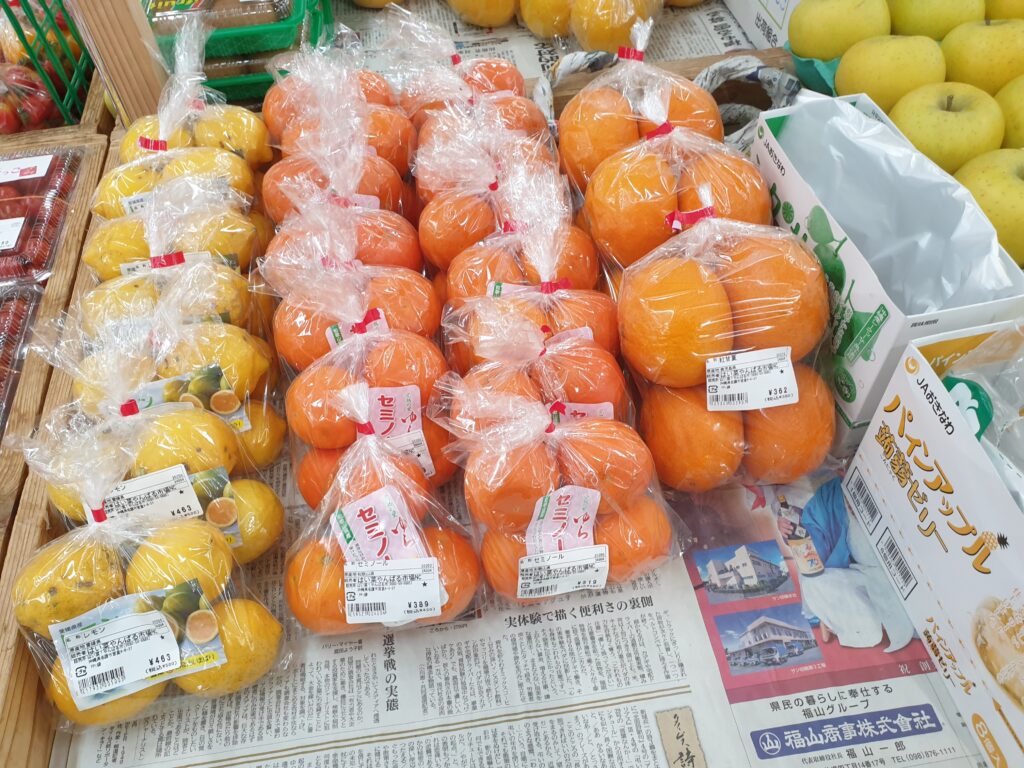
At noon we return back to Pension Weekend and I can think what to do with the day. I still have the afternoon ahead of me and there is still a lot to do. So I get into the rented Nissan and head back north, this time alone. I’m heading to the neighbouring area west of Ōgimi on the Motobo Peninsula. The area is mainly mountainous, forested and with few plains used for agriculture. Here too there are farms, some of which grow Shiikwaasa and other citrus trees, mainly Tankan, but also the Oto and Tarogayo. After Ōgimi, the citrus production here is the second largest in Okinawa. Looking at the forested hillsides of the mountainous area, few would imagine that the bloody Battle of Okinawa, the last major battle of World War II and the largest amphibious operation of the war in the Pacific, was fought here in 1945, costing the lives of more than 120,000 soldiers and nearly as many civilians. Today, the wildlife is back, beckoning for walks and hikes.

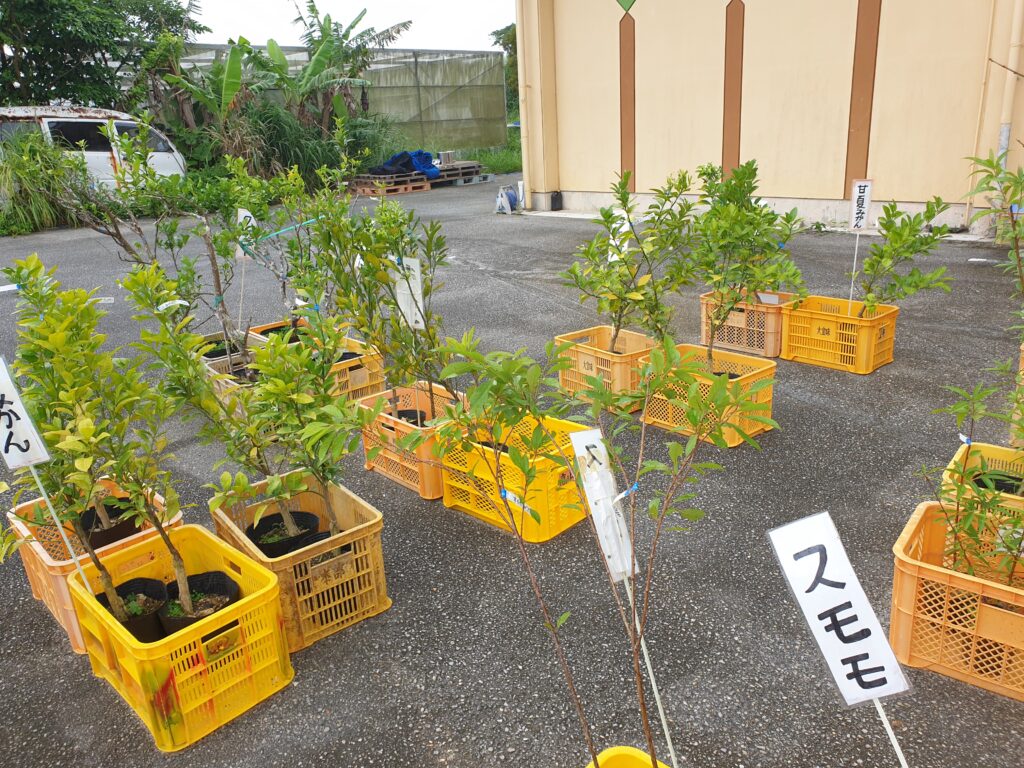
I stop at the Mikan no Sato General Information Center, which specializes in selling citrus fruits and trees and also organizes pick-your-owns at nearby farms in season. These are a very popular way of selling to small farmers in Okinawa. Now that the season is over, there are still some late season citrus for sale and a large number of souvenirs and juices. The local staff are friendly but unfortunately don’t speak English. So I pull out a sign in Japanese with what I’m looking for and try to translate the answers on my phone. Unfortunately, the information is not very positive. The ladies are informed about the commercial varieties, but they don’t know the native, Okinawan ones and refer me to the university. Unfortunately, I have not been able to contact them during my preparations. Now that I only have two days, I don’t think I can save it. I have no choice but to move on and try the local farmers.
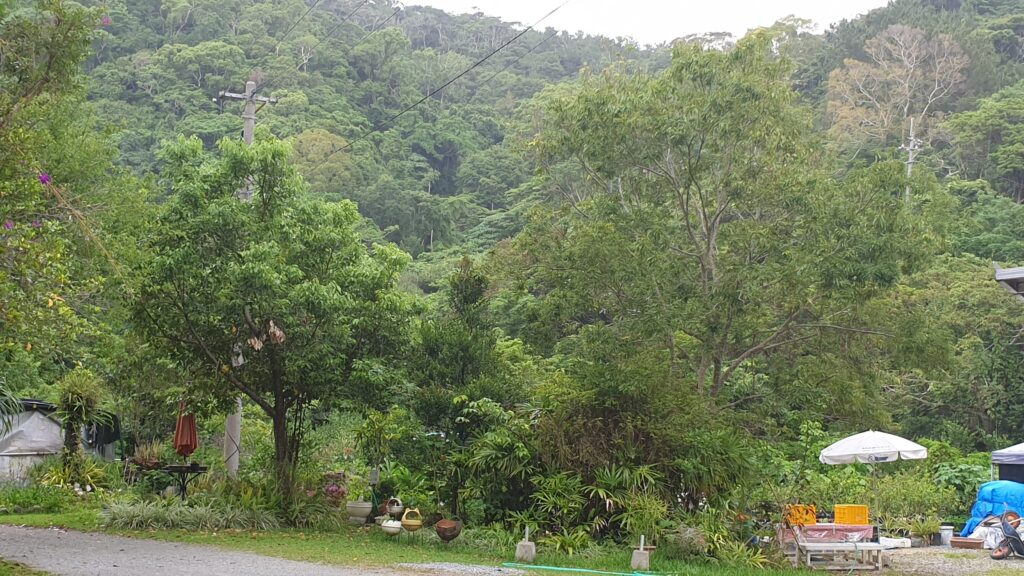
I’m heading to the nearby Shiroma Citrus Garden. I know from their older website that it’s a small farm where they offered local citrus for sale and that their garden is open to the public. Unfortunately, nature is not in my favor here. It’s starting to rain heavily and there’s a thunderstorm in the mountains that is fast approaching. No one is on the farm in this weather, which is not surprising. I wait on the spot for a while, listening to the approaching storm, but eventually give up for the day and return to Pension Weekend. Here at least I can mend my mood with a rich dinner, steak with Rokugatsu sauce, tea made from local wild cinnamon and a lot of other stuff, probably also local, but I don’t recognize it too much. The day wasn’t a complete success, but I’m happy nonetheless. I saw Rokugatsu and Kunembo, that’s a total of six varieties in two days. I still have two more days to go, so I just hope the weather will calm down.
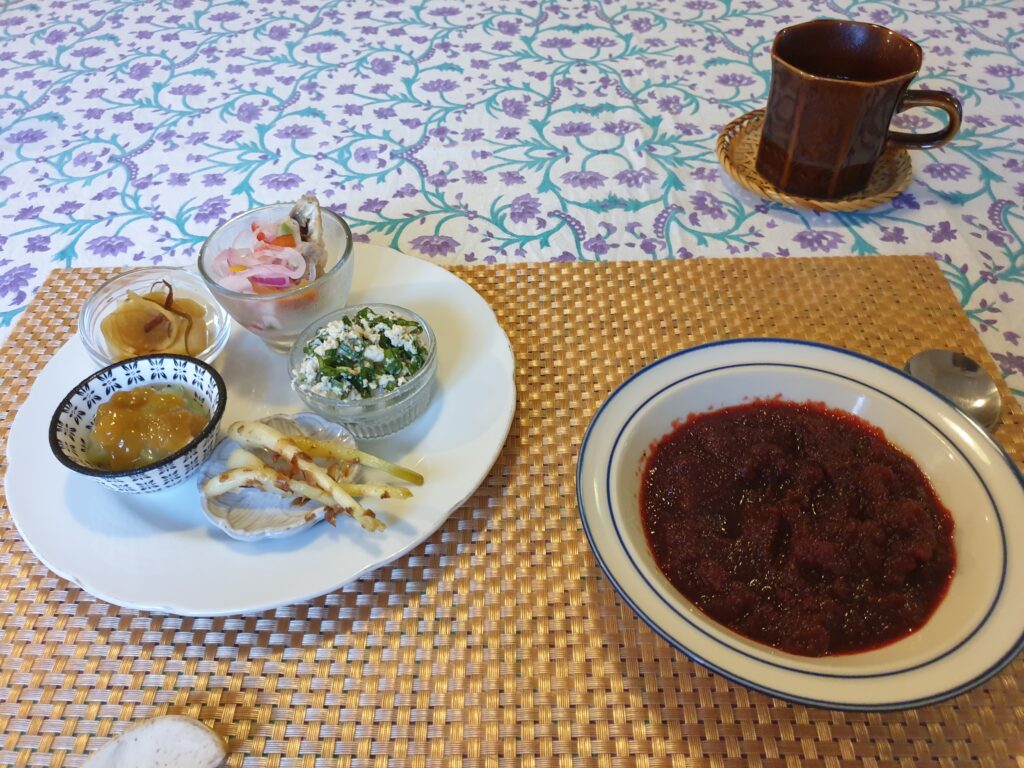
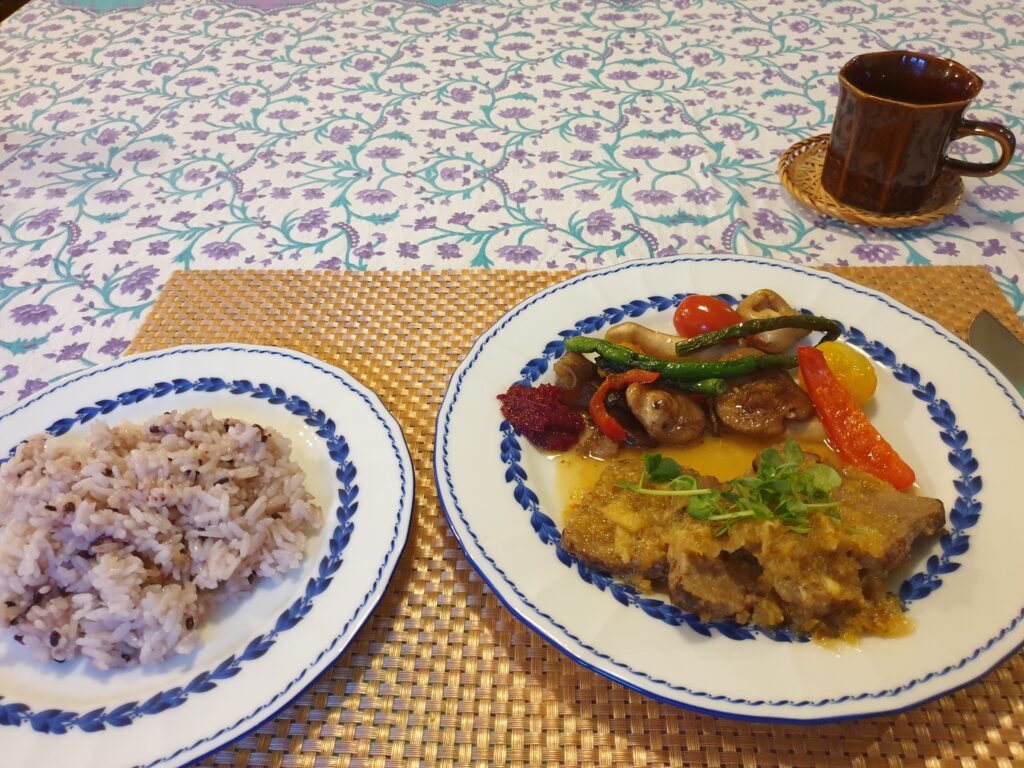
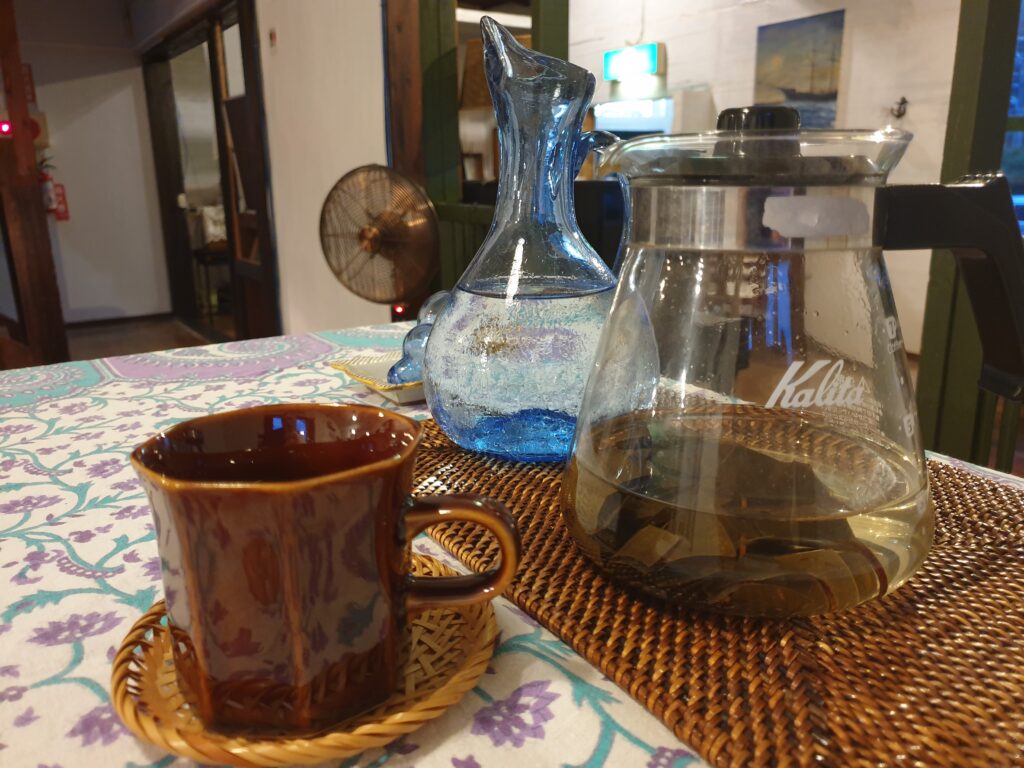
Search for citrus trees in Okinawa – Business week in Tokyo – Day One – Day Two – Day Three – Day Four
